Love is in the air today…or is that unburned fuel?
Either way, for some inexplicable reason, we’re feeling a bit romantic. So we decided to look across the past few decades and revisit some of the most famous—or perhaps infamous—relationships in automotive history.
We’ll count them down below, and if you have any to add let us know about it in the comments section at the bottom of this article.
***
15. B.M.C. & Nash
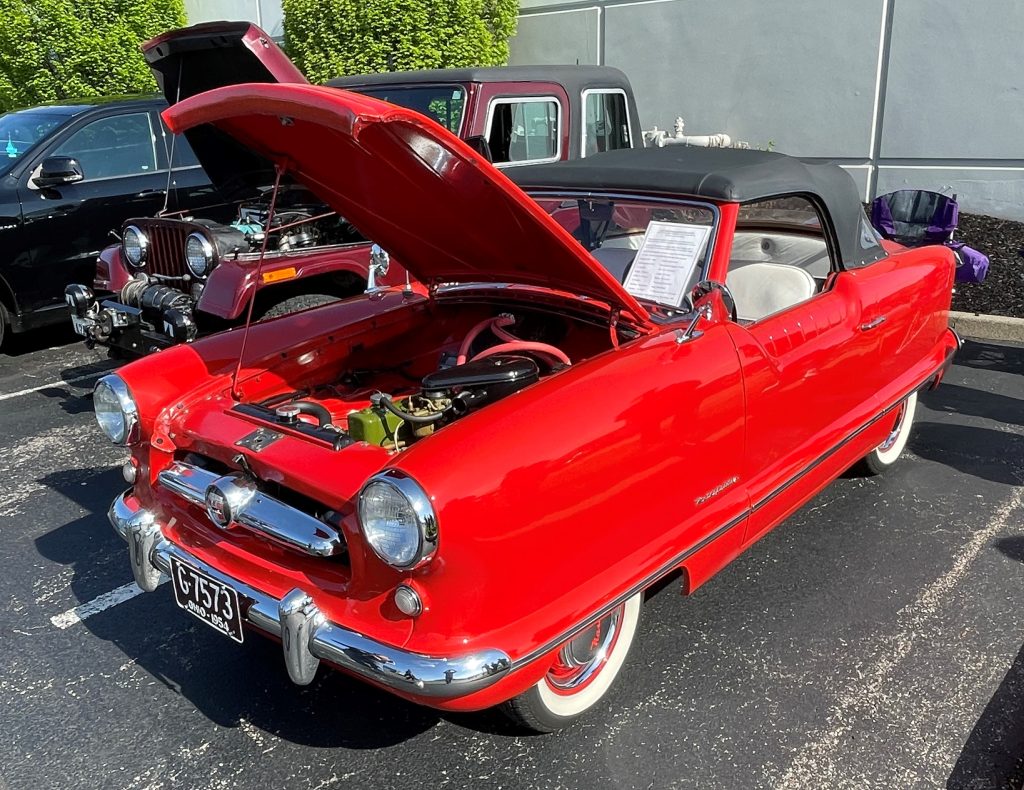
American car company Nash hooked up with the British Motor Corporation Limited, and the result was the delightfully plucky Metropolitan. Born in the early 1950s, the idea was to offer a small, affordable vehicle as a “second” car for growing families—or perhaps an alternative to the ever-increasing sizes inside the Big Three showrooms.
Though the Metropolitan was designed in America, the car eloped to Britain for production. As a result, there was a BMC (nee Austin) four-banger engine under the hood, making around 40ish horsepower, depending on the year. The Metropolitan was produced from 1954 to 1962, and sold under the Nash, Hudson, and Austin brands—and even enjoyed a brief flirtation as a standalone marque in its twilight years.
***
14. General Motors & Geo
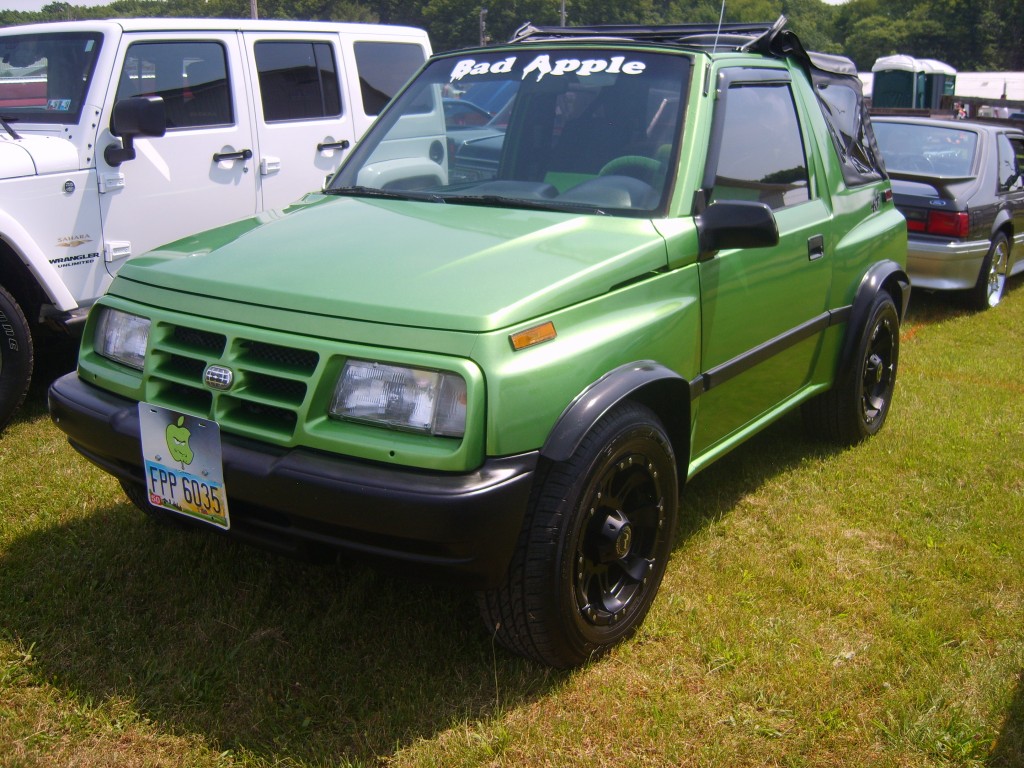
This relationship began with General Motors courting an assortment of Japanese automakers (Toyota, Suzuki, and Isuzu) to offer a series of “Captive Import” compacts—all contained under an all-new Chevy sub-marque called Geo.
From sport coupes to off-roaders, Geo had a pretty expansive lineup, but alas, an ensuing breakup in 1997 led to the brand’s demise. There is a silver lining in this love story though, as many of those orphaned vehicles, namely the Tracker, Metro, and Prizm, reconciled with Chevrolet and were brought under the big, happy Bowtie umbrella
In the spirit of this list, you may enjoy this other captive import from Chevy too: A Quick History of the Chevy LUV Compact Pickup Truck.
***
13. De Tomaso & Ford
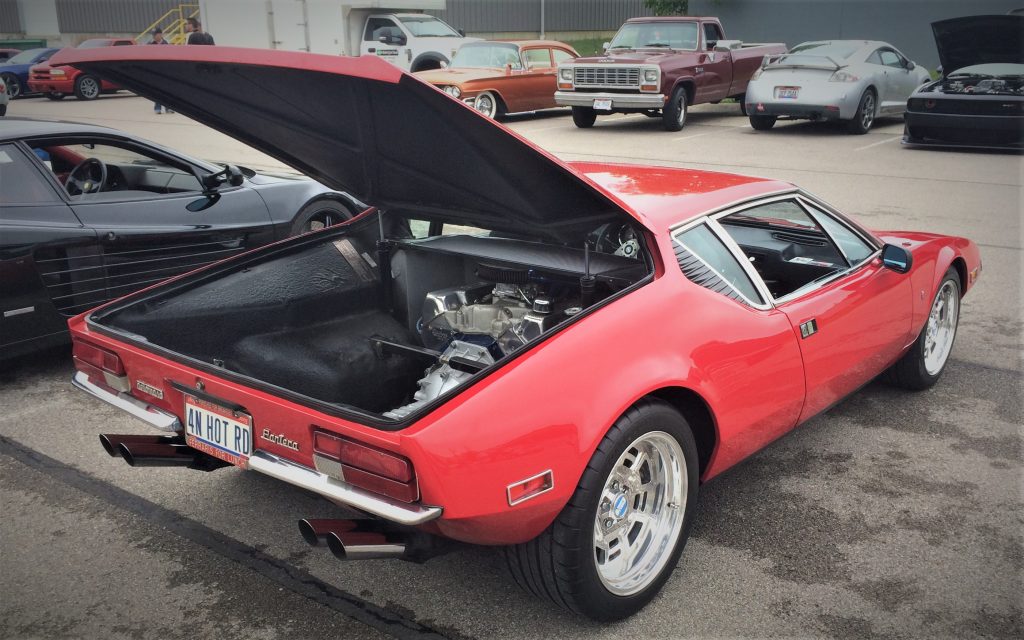
When searching for a suitable powerplant for its upcoming mid-engine Pantera, De Tomaso got cozy with Ford and its 351 Cleveland engine. But the hookup wasn’t just about engines, as the Blue Oval made the Pantera available for sale in North America via its Lincoln-Mercury dealership network too.
And even though Panteras stopped being imported into the U.S.A. by the mid 1970s and Ford ceased production of the Cleveland block (domestically, anyway), the relationship endured. De Tomaso looked to Ford Australia for the 351C derived engines, then switched to the Windsor block when the Cleveland supplies dried up in the late 1980s.
Ultimately, the Pantera rode off into the sunset propelled by a trusty Ford 5.0L—cue Dale Evans and Roy Rogers.
***
12. Buick Aluminum V8 & Rover
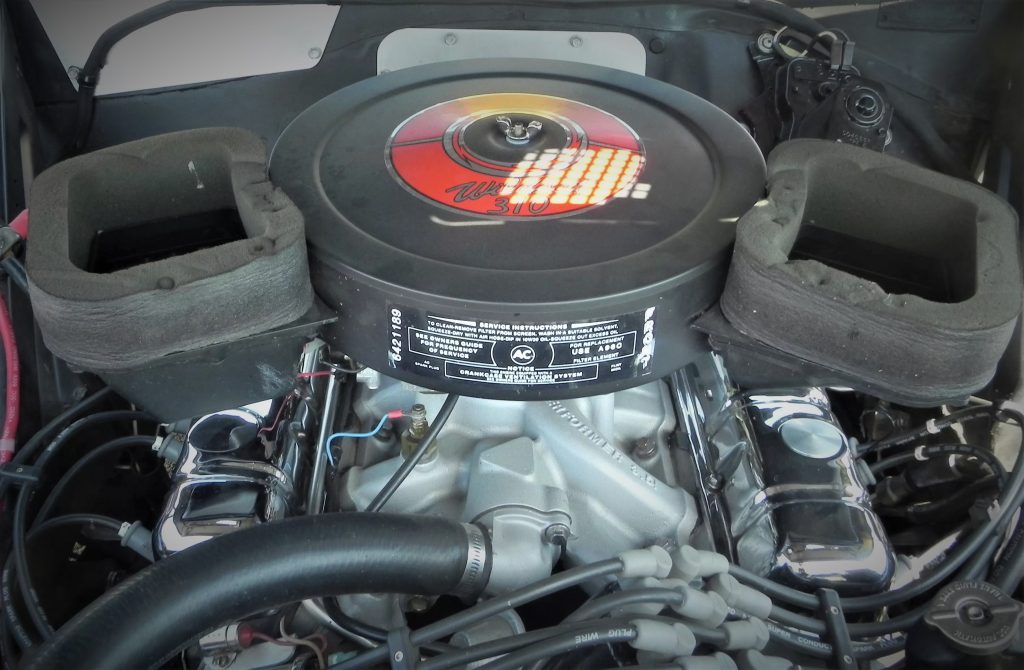
Believe it or not, Buick developed an all-aluminum V8 engine way back in the early 1960s. It was really lightweight and capable of significant power output for the era. Problem was, the block’s aluminum casting was unique and expensive to produce, which meant Buick and its new V8 were soon on the rocks.
A suitor emerged in the British-based Rover corporation, who ended up buying the rights to produce the engine. Under Rover’s loving care, the aluminum V8 ultimately became the stalwart powerplant for many British vehicles—and not just Land Rovers either. TVR, Morgan, Triumph, and a handful of other boutique sports car manufacturers used the engine under license from Rover as well.
***
11. Carrol Shelby & Sunbeam
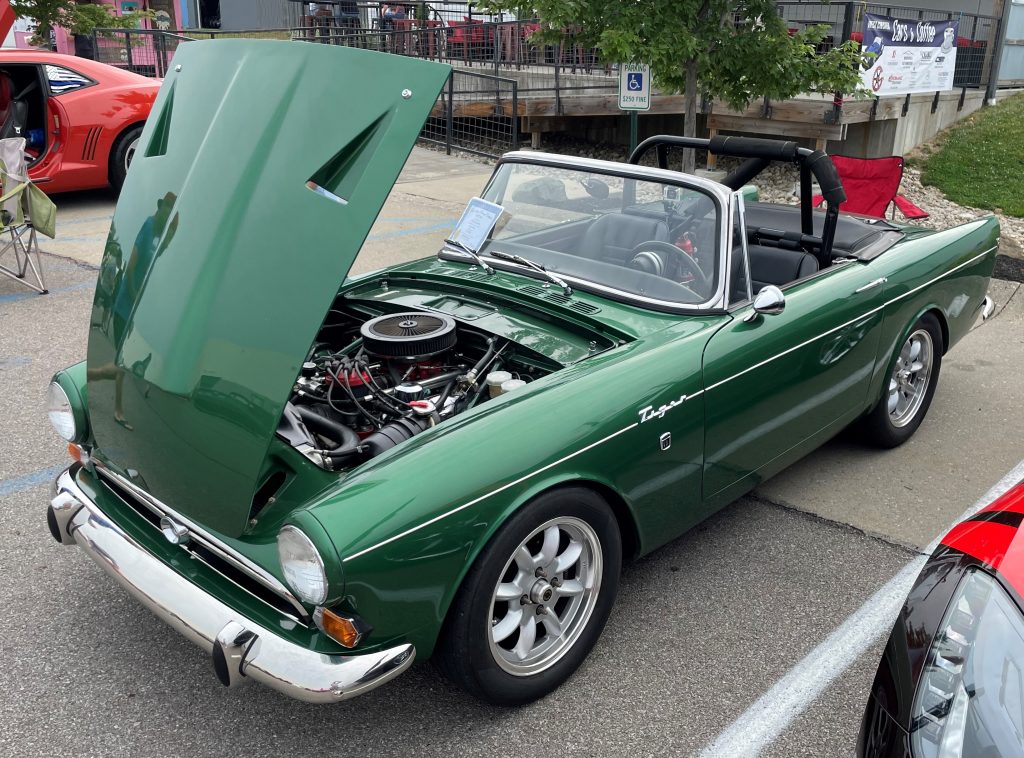
While much has been said about Carrol Shelby’s involvement with a certain A.C. Ace roadster, Shelby had another fling with a similar British ragtop, the Sunbeam Alpine. Following the same recipe, Shelby stuffed a Ford V8 into the Alpine’s engine bay and the car was rechristened the “Tiger.”
Truth is, the Sunbeam Tiger wasn’t solely Shelby’s baby. In fact, another Tiger prototype was developed concurrently by Shelby’s famed colleague Ken Miles. But nonetheless, Shelby’s experience helped prove the concept of a V8-powered Alpine to the Sunbeam executives—who summarily fell in love and greenlit the project for production.
***
10. CART & IRL
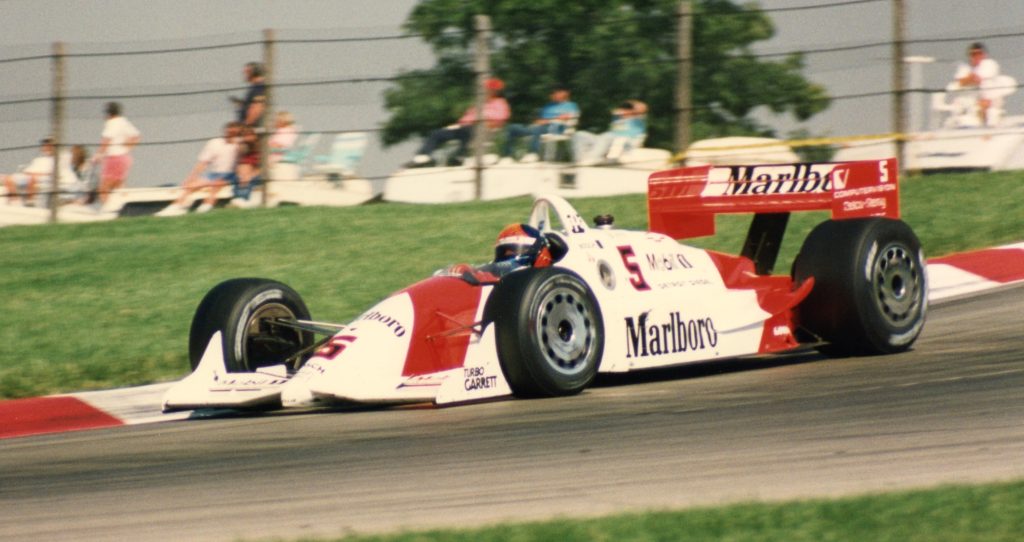
In an incident referred to by many as simply “The Split,” factions inside one of the biggest racing series in the world had a not-so-amicable separation in the mid 1990s—a move that sent shockwaves through the ranks of open-wheel racing.
Though the breakup was the result of a series of nuanced issues, here’s how it when down in a nutshell. Championship Auto Racing Teams (CART) had been around since the 1970s, yet later in the 1990s compounding disagreements in and around CART resulted in the creation of a distinct series, the Indy Racing League (IRL).
Competition between the two series splintered and confused audiences and race teams alike, ultimately resulting in CART’s bankruptcy. CART eventually restructured and merged back with the IRL over a decade later to form what’s now simply called IndyCar.
***
9. Buick 3.8L V6 & Kaiser-Jeep
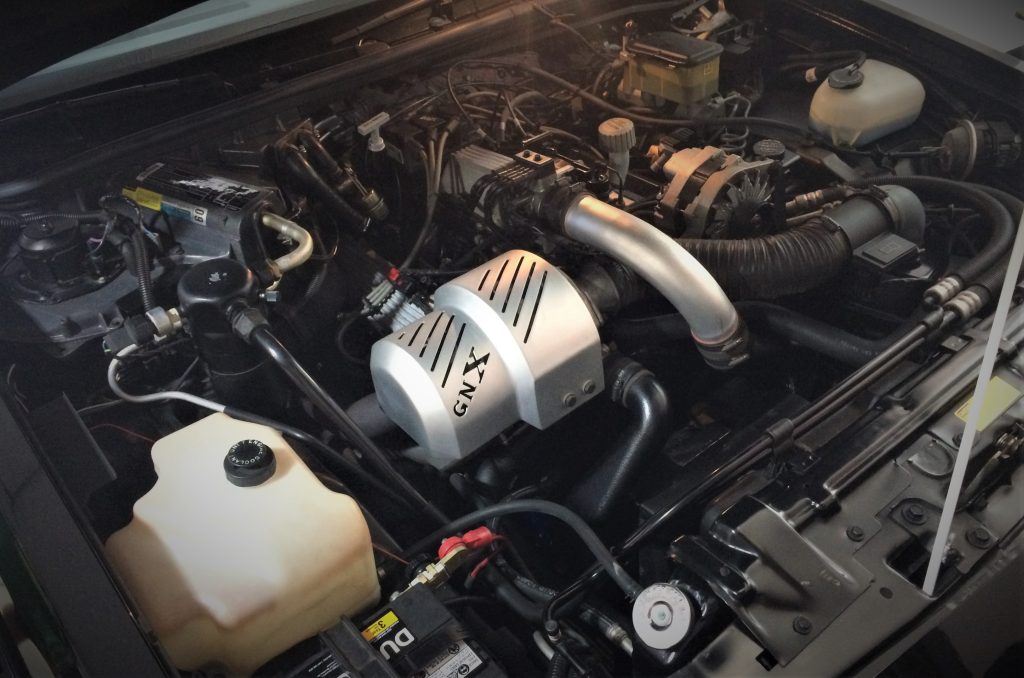
Remember that all aluminum Buick V8? Well, it had an iron block V6 cousin based on similar architecture that debuted in the early 1960s with a 198 cubic inch displacement. Though the V6 showed a lot of promise, with gas cheap and plentiful, Buick didn’t feel it necessary to have a fuel efficient V6 in its portfolio—so it sold the V6 design to Kaiser-Jeep in 1967.
Fast forward to the 1970s gas crisis. Now in need of an economical powerplant, Buick rekindled the relationship by purchasing the V6 design back from Kaiser-Jeep’s new significant other, AMC. But this second chance allowed Buick engineers to get really intimate with the V6 and the relationship bore fruit well into the 21st century.
In fact, thanks to turbocharging, versions of the 3.8L Buick V6 propelled cars like the Buick Grand National and the 3rd-gen. Pontiac Turbo Trans Am to legendary status.
***
8. Raymond Loewy & Studebaker
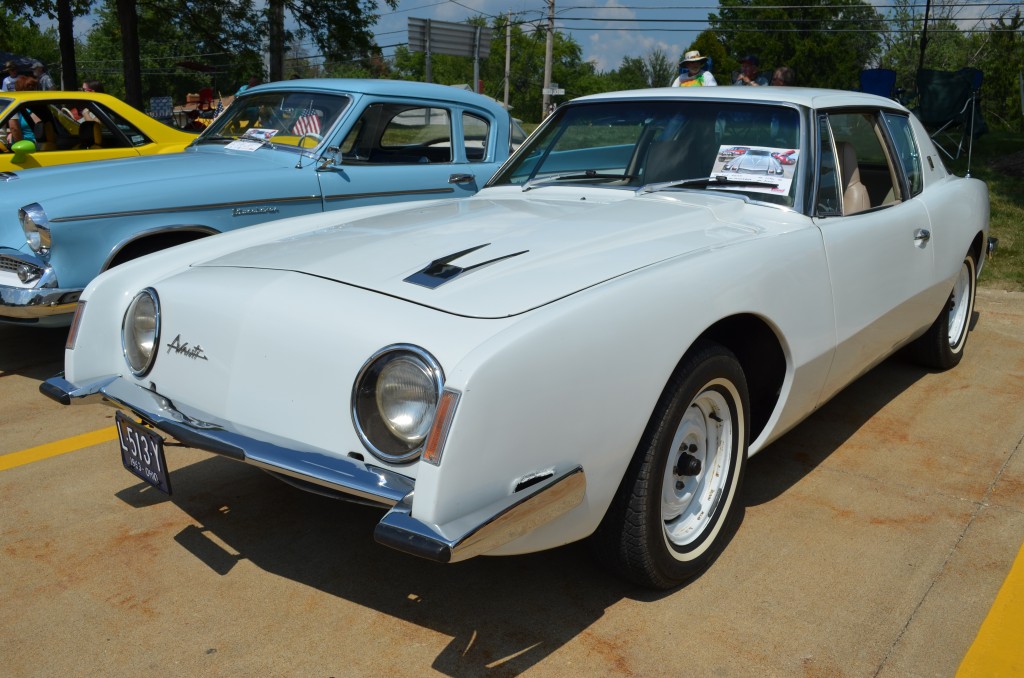
From NASA to the Pennsylvania Railroad, industrial designer Raymond Loewy had plenty of admirers—but for us, his true bae will always be Studebaker.
The courtship began in the 1930s, when Loewy’s shop hooked up with another acclaimed designer, Virgil Exner, on their way to South Bend. One of the first things from Loewy’s drawing board was the now-familiar “lazy S” Studebaker logo.
Following the end of World War 2, the Loewy-Studebaker relationship got steamy with the acclaimed Starlight coupe and, pretty soon after that, the hallmark “bullet nose” Studebakers of the early 1950s. But the pairing perhaps hit its zenith with the jaw-dropping Avanti—a revolutionary high performance luxury coupe that boasted features like a fiberglass body, disc brakes, and an optional supercharged V8.
***
7. Ford & the Mustang II
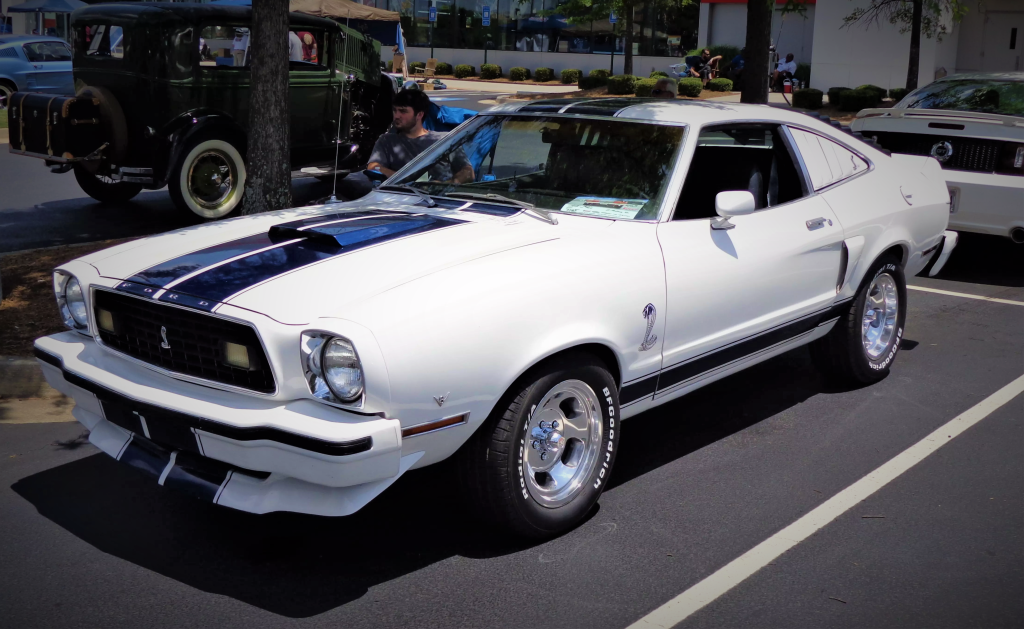
While the early Mustang was a bona fide hit, by the early 1970s, it had grown bigger, longer, and heavier—which was a recipe for disaster as the nascent gas crunch loomed.
But rather than Swiping Left on its pony car, Ford responded with the dramatically downsized Mustang II. Though early Mustang IIs lacked the oomph of a V8, it didn’t take long for Ford to make amends. By the close of the 1970s, the Mustang II had its mojo back, culminating in the impressive King Cobra.
Love it or not, the Mustang II was a strong seller for the Blue Oval, and helped the Mustang nameplate survive as other performance cars succumbed to the one-two punch of fuel economy and rising insurance rates.
Perhaps most importantly, the Mustang II allowed Ford to renew its performance vows during the Fox Body era.
***
6. Chevy & Yenko
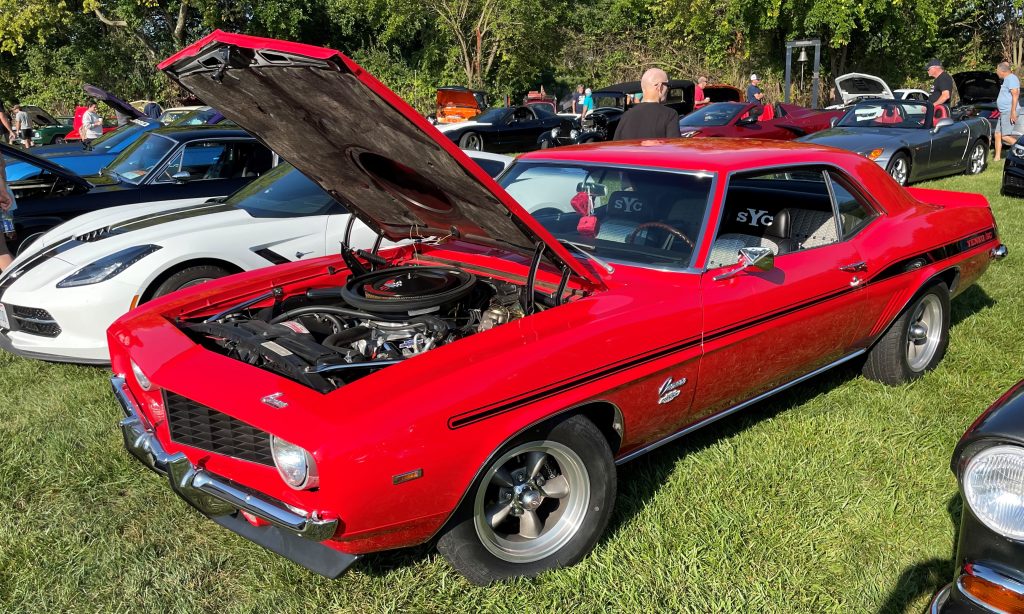
Are we still doing the celebrity couple portmanteau thing? Because move over Bennifer and Brangelina—here comes…Chenko. Or, maybe, Yenkolet?
OK, those names…aren’t…great. But the relationship between Don Yenko and a series of iconic Bowties sure was. In fact, we can’t figure out which one we like more. Sure, turbocharged Vegas are cool. So are 240 horsepower Corvairs. Stuff a 427 into a Camaro? *Chef’s Kiss*
We could prattle on like lovestruck teenagers here, but if you want to learn more about Chenko and their big block-powered offspring, read this: A Quick History of Don Yenko & the Cars That Bear His Name.
***
5. DaimlerChrysler
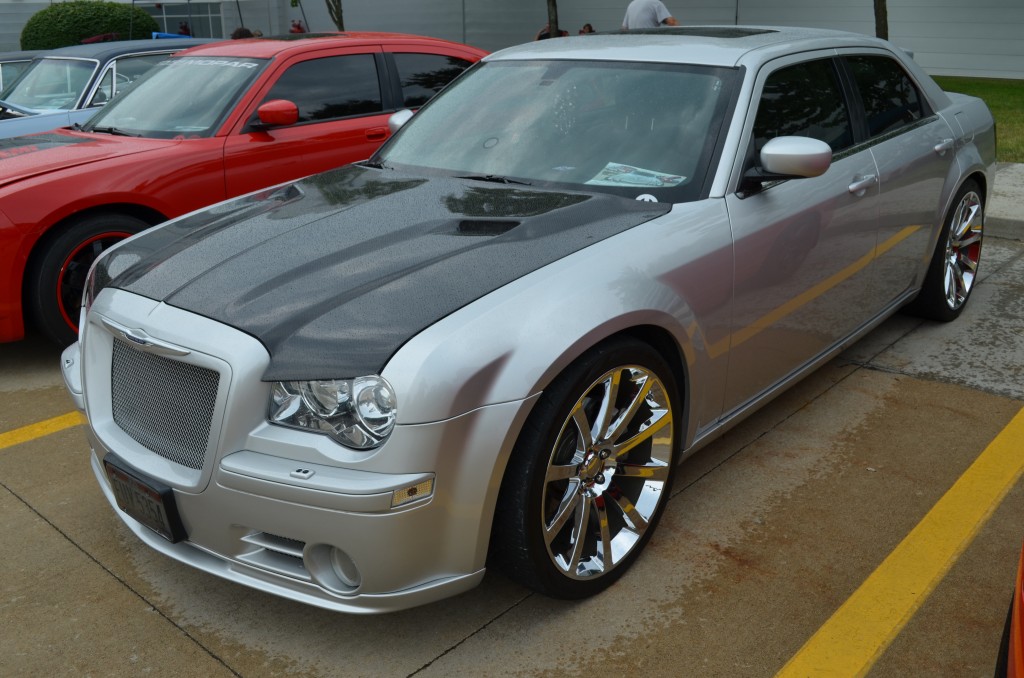
To say that Ma Mopar has had a lot of suitors over the years would be, well, accurate. But it was Chrysler’s brief honeymoon in Deutschland that we’re particularly enamored with. While the relationship was fleeting and, at times, tumultuous, the marriage did bring some bundles of joy to the Mopar family.
For starters, the trusty rear-wheel drive LX platform was born during the DaimlerChrysler era—sort of an evolution of the outgoing LH chassis, featuring a new front suspension with some Benz E-Class stuffed out back. That LX would underpin fan-favorites like the Charger, Magnum, and 300.
Secondly, without DaimlerChrysler, we might have never received the extra set of doors on the Jeep Wrangler. Indeed, the decision to greenlight the Wrangler Unlimited JK put more families into Jeeps than ever before.
***
4. Hurst & Oldsmobile
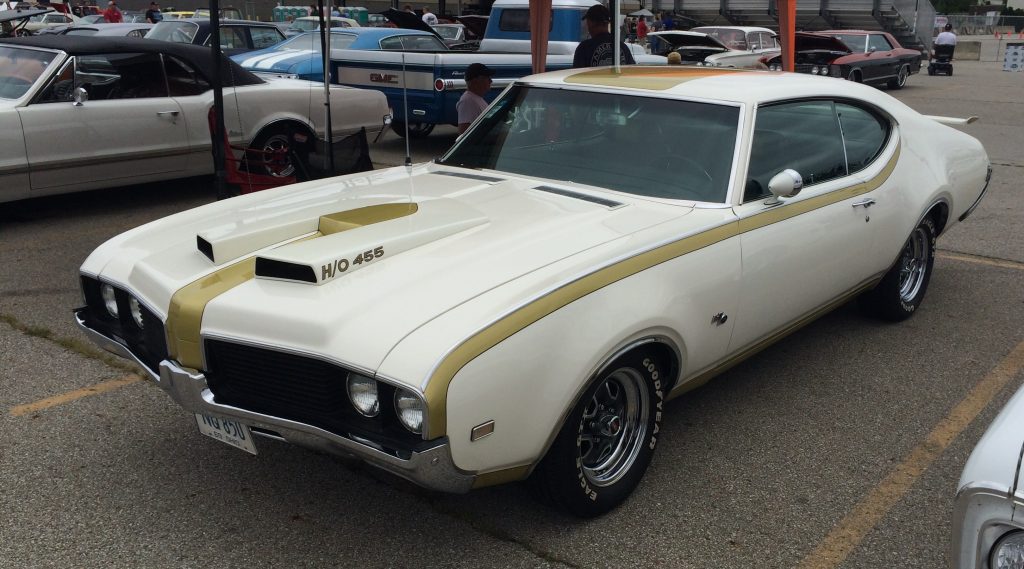
For plenty of gearheads, it’s almost impossible to say “Hurst” without quickly following it up with “Olds” afterwards—that’s how closely connected the two are.
The relationship with Oldsmobile actually began with the popularity of Hurst Shifters and related performance parts in the mid 1960s, and many folks say it peaked with the fearsome 1968-69 455 Hurst/Olds, based on an Cutlass 442. But the relationship blossomed well into the 1970s and was even rekindled briefly during the Cutlass Supreme G-Body era in 1983-84.
(Hurst also had some flings with other callers too, like the Jeepster Commando—but keep it quiet, we don’t want Oldsmobile to find out.)
***
3. Richard Petty & Mopar
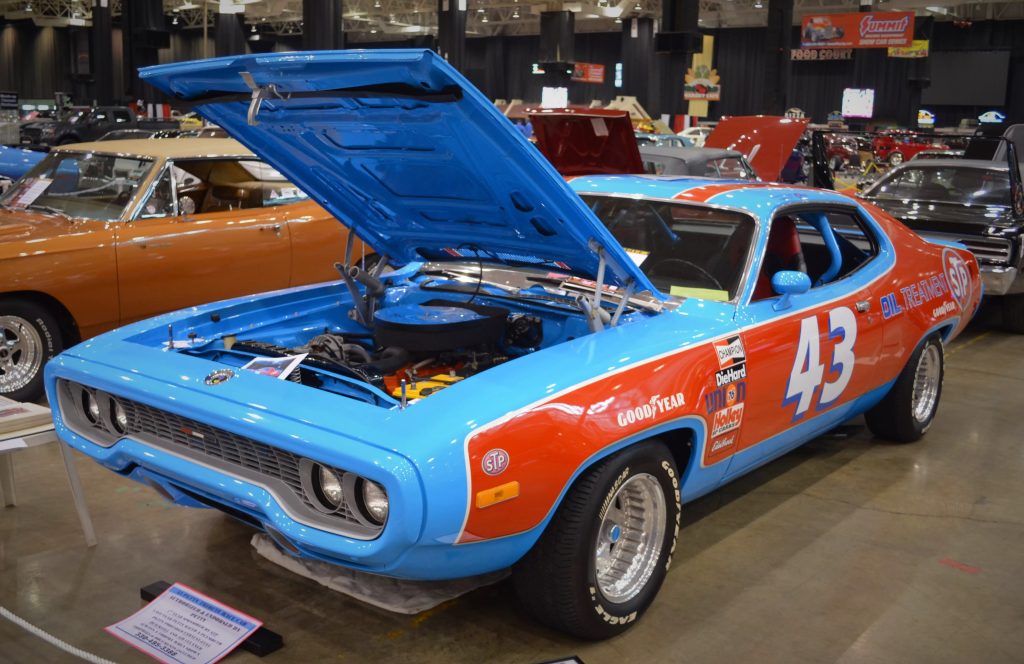
When folks think of Richard Petty, they think of Mopar—or more specifically, Plymouth. Thanks to his iconic blue #43 Superbird, “The King” raced his way into the collective consciousness of gearheads all over the world. But as they saying goes, “the flame that burns twice as bright, burns half as long.”
By the late 1970s, with an under-performing Dodge Magnum race car in the garage, Petty broke off the relationship with Mopar in favor of General Motors, notably Chevy, Buick, and Pontiac. He’d finish up his career with the General, notching career win #200 in a 1984 Pontiac Grand Prix.
***
2. AMC & Jeep
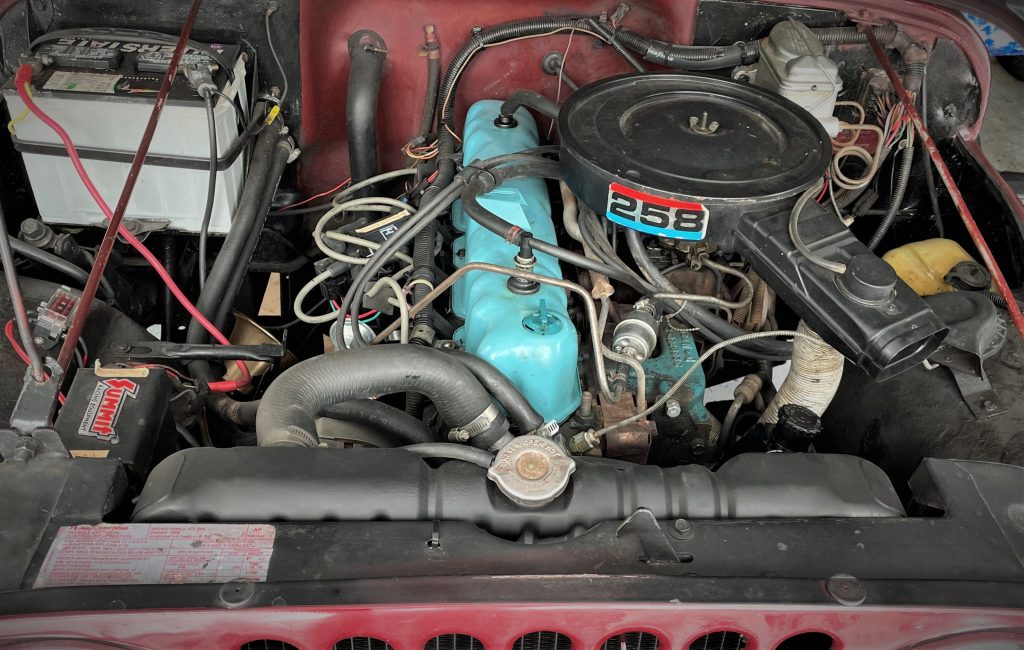
Though it was just a twinkle in their proverbial eyes at the time, the marriage between AMC and Jeep begat one of the greatest engines in off-road history: the legendary 4.0L H.O. inline six.
The six’s story begins way back in the early 1960s, with the humble 232 and later 199 cubic inch versions used to power AMC and Rambler passenger cars. But when Kaiser-Jeep came calling later in the decade, the six found itself under the hood of the venerable Jeep CJ series. Pretty soon after that, the 232 got bumped out to 258, during which it built its reputation amongst off-roaders for being a reliable workhorse.
By the time Jeep engineers slimmed down the 258 to 4.0L and added EFI, it was a match made in heaven.
***
1. Dodge & the Charger
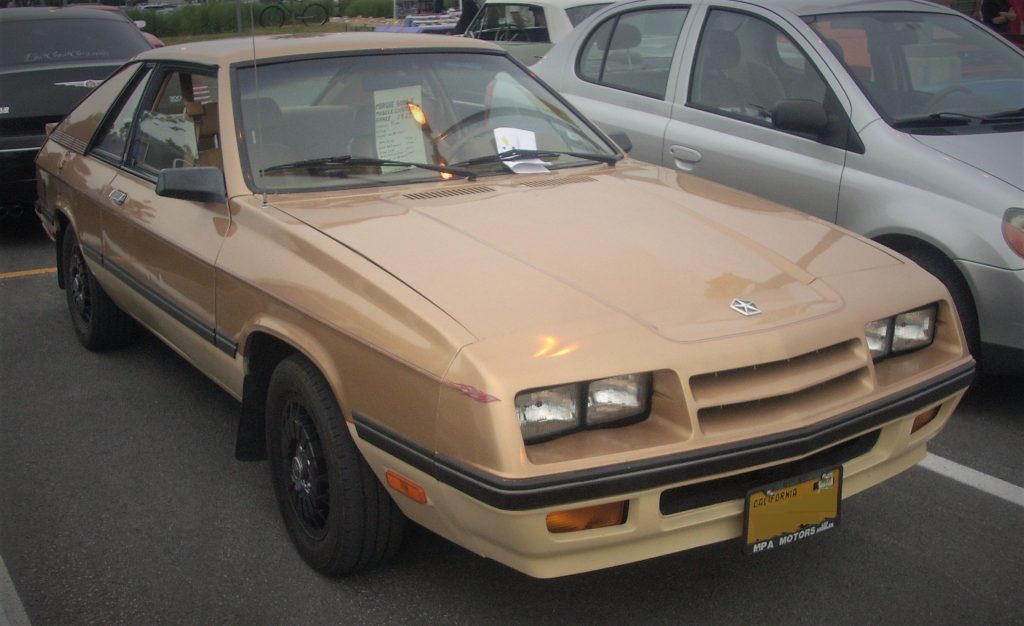
“It’s Complicated.”
The Charger’s Facebook Relationship Status, Probably
You’ll find perhaps no greater set of star-crossed lovers in the automotive universe than Dodge and its beloved Charger. When the Dodge Charger debuted, it was intended to be a personal luxury sport coupe designed to combat the Riviera and Thunderbird. Yet in the Charger’s second generation, it became one of the most iconic muscle cars of all time.
But as the 1970s arrived and the muscle car era waned, the relationship between Dodge and the Charger got weird—and not in an intriguing “50 Shades” way either.
The first breakup happened after an attempt to return the Charger to its personal luxury car roots, with production of the 150 horsepower opera-windowed coupe halting in 1978. The flame was rekindled in the early 1980s when the Charger was resurrected with (GASP!) a front-wheel drive layout and no V8 in sight. It’d be close to twenty years before we’d see the Charger name again—only this time with four doors (but an available Gen. III Hemi V8).
They’ve been a legit power couple ever since though—and now with a proposed electric, two door Charger waiting in the wings, we can’t wait to see where the two take us next.
***
So, what’d we miss? Any other celebrity automotive matches out there to talk about? Give us your best Jim Lange impression and let us know in the comments section below.

Comments